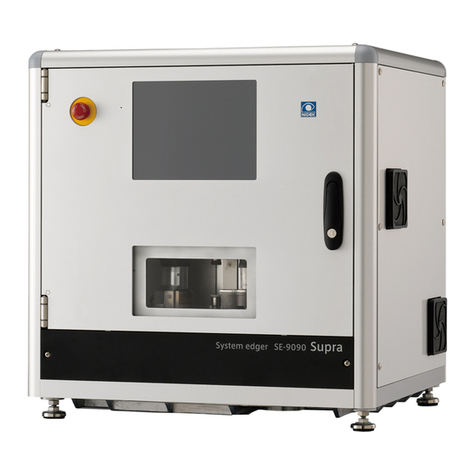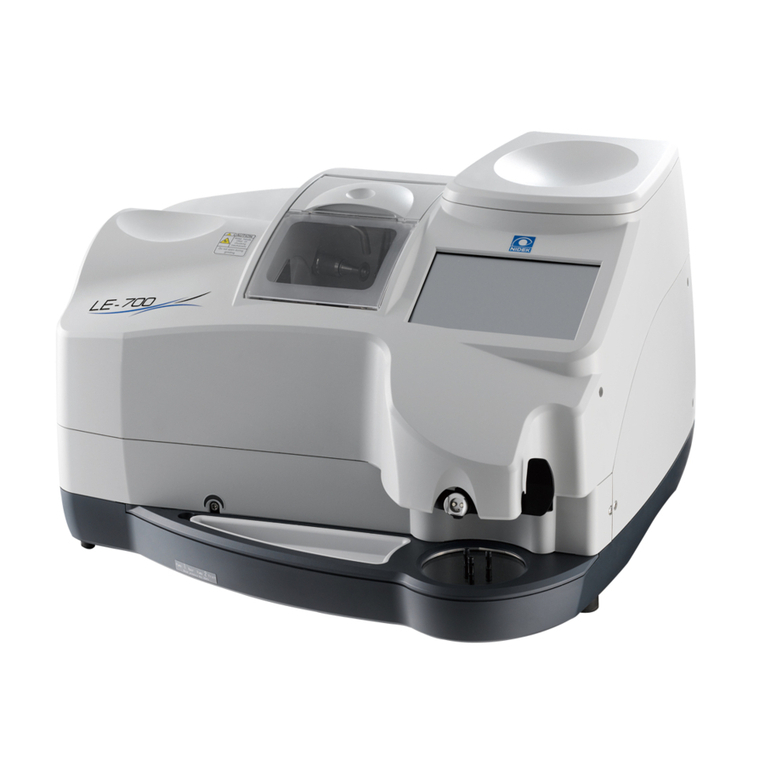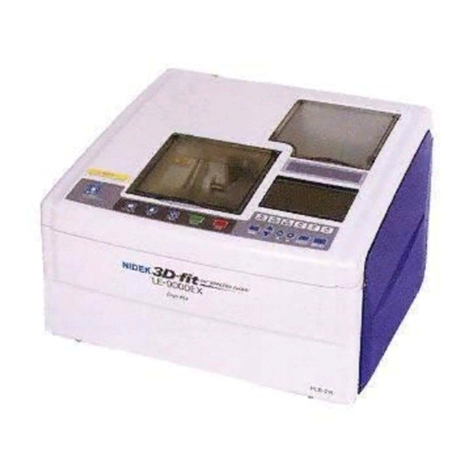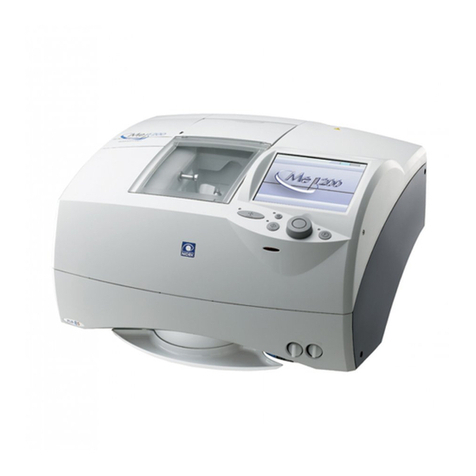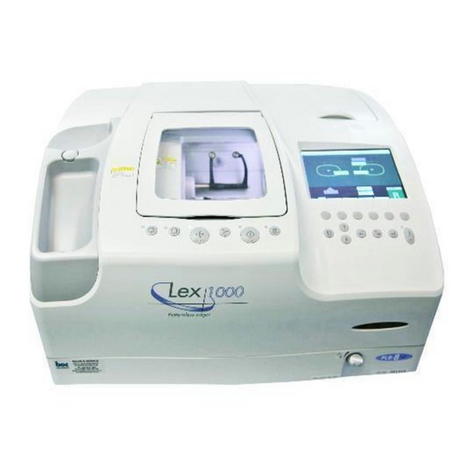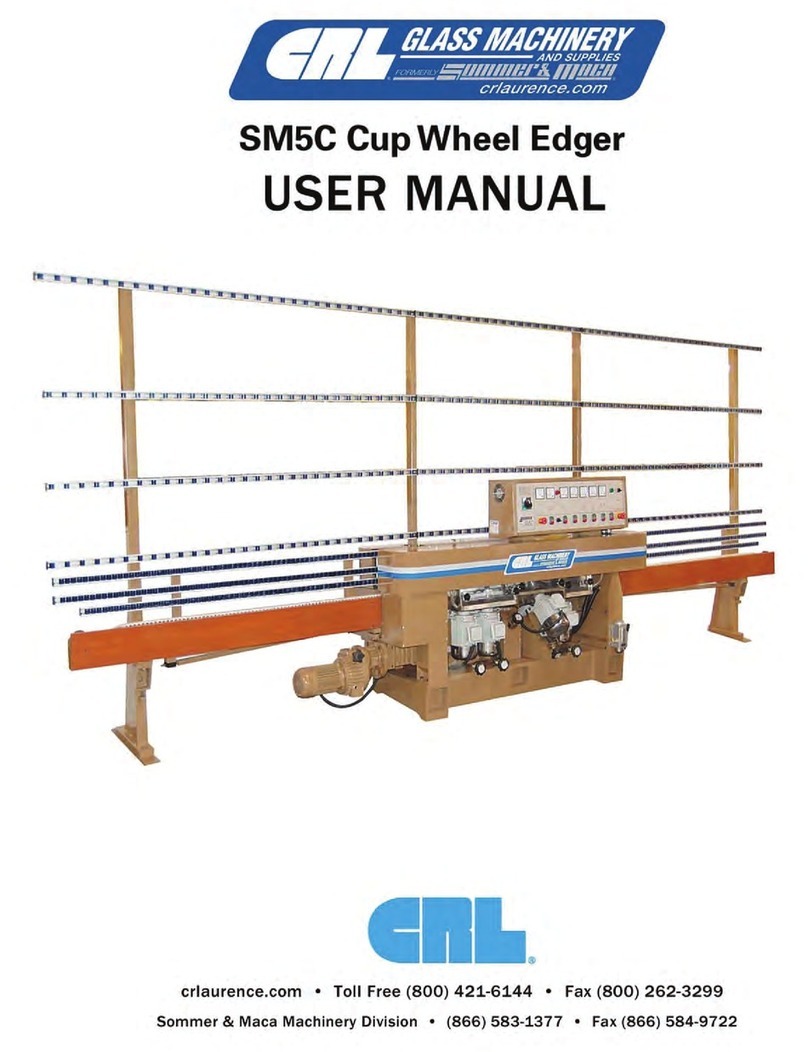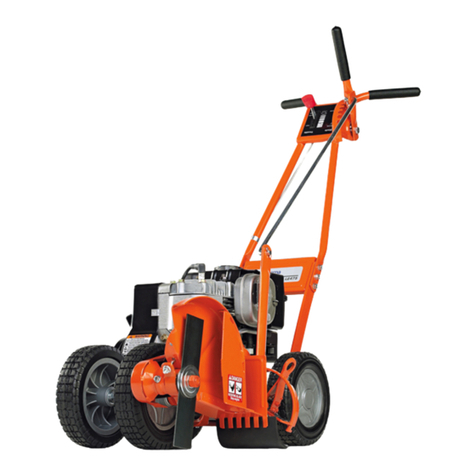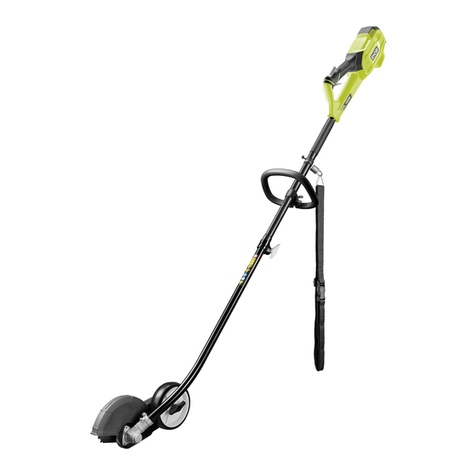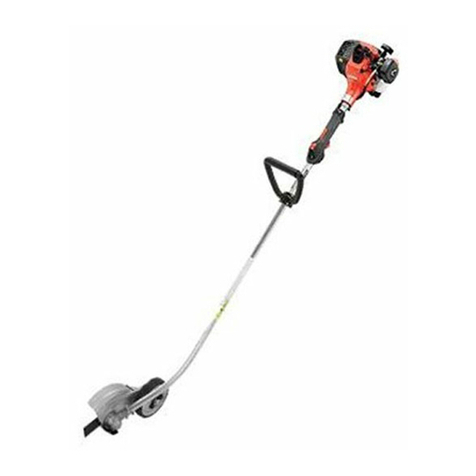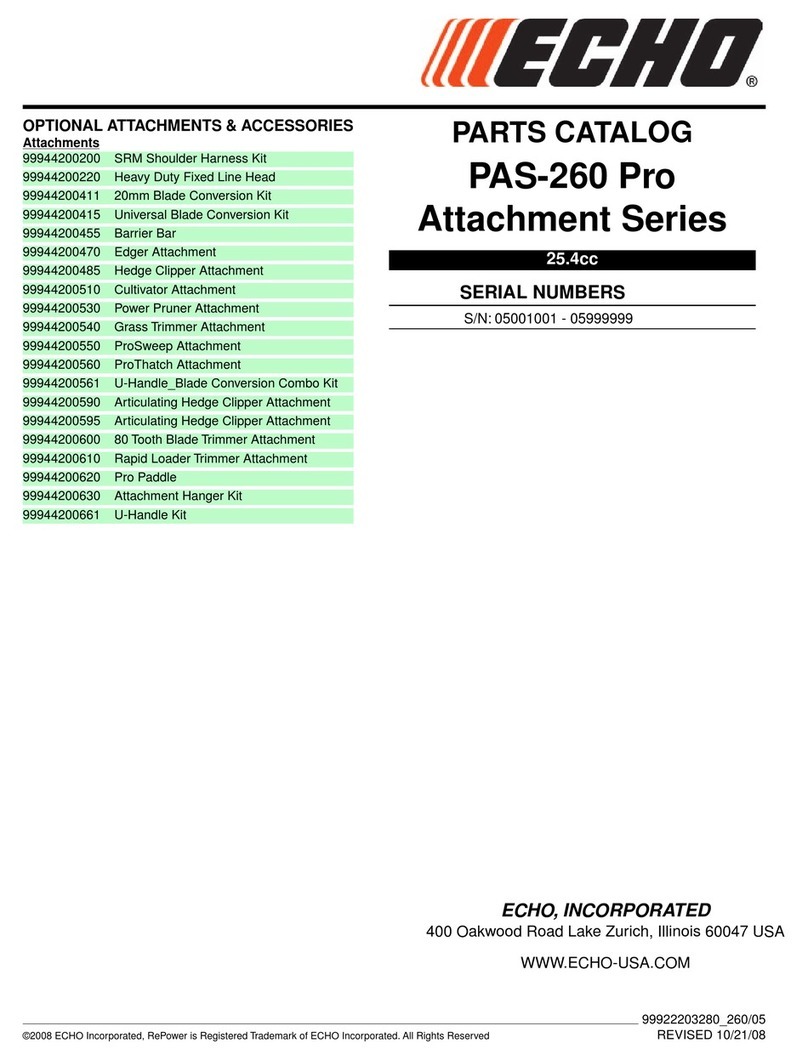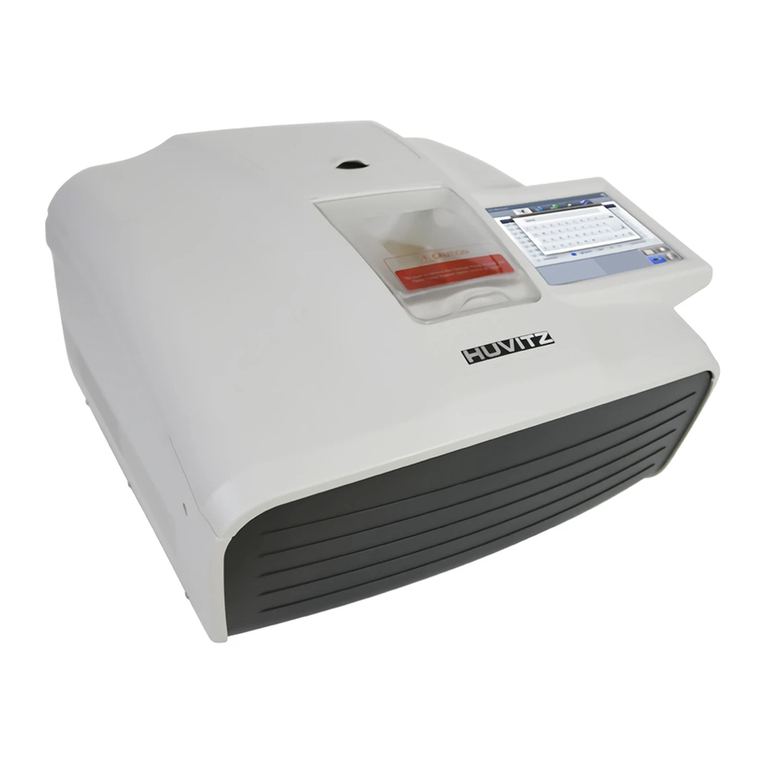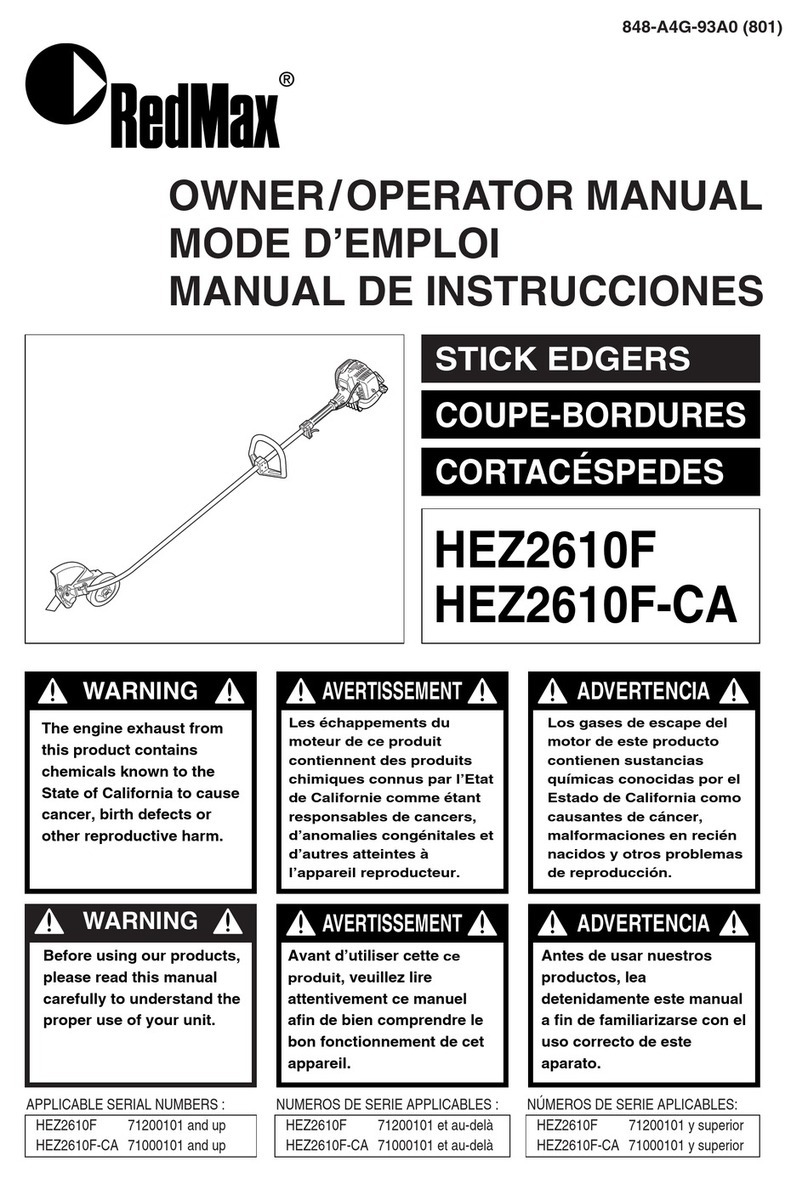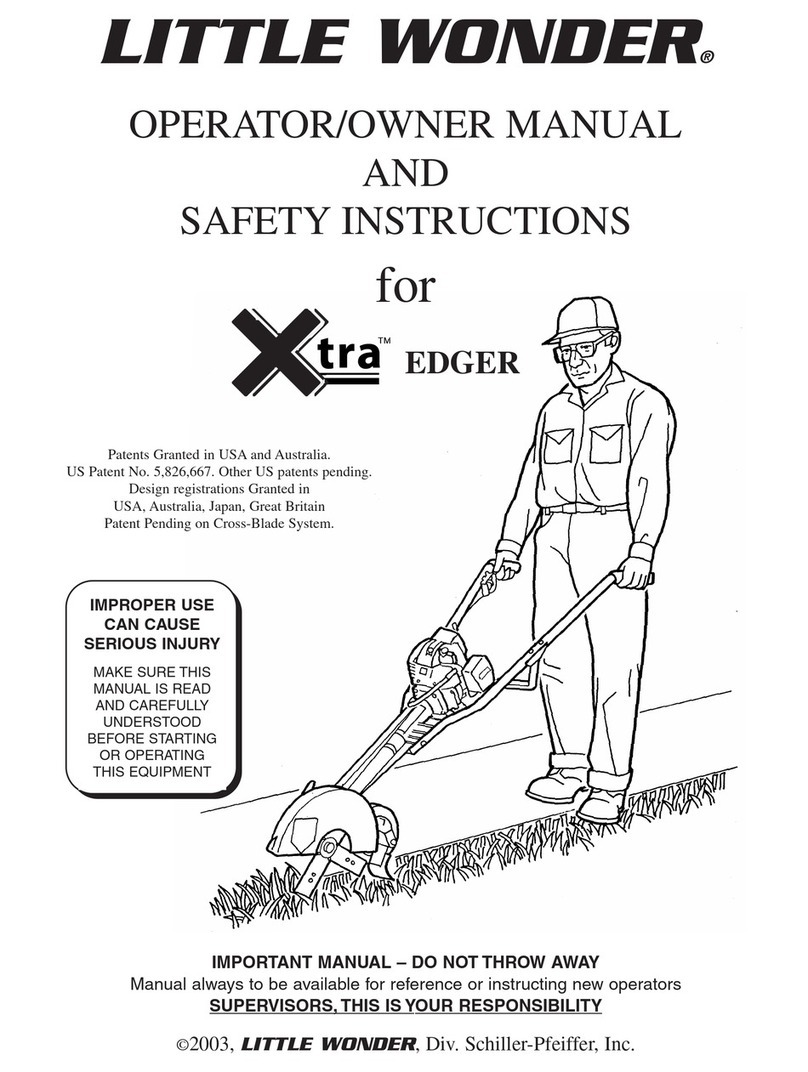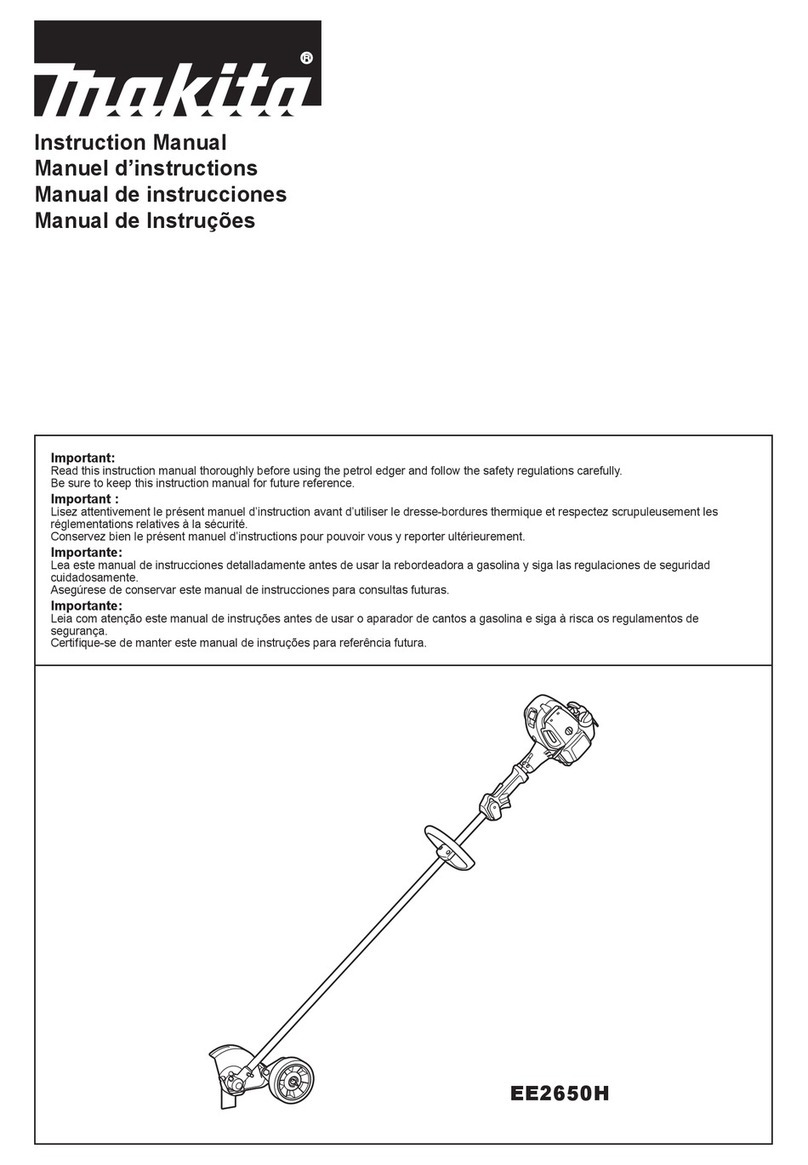
Table of Contents
§
1INTRODUCTION ........................................................................................................ 1-1
1.1 Outline of the Product ................................................................................................. 1-1
1.2 Symbol Information .................................................................................................... 1-2
§
2SAFETY ........................................................................................................................ 2-1
2.1 Cautions during Use ................................................................................................... 2-1
2.2 Storage ......................................................................................................................2-3
2.3 Transport ................................................................................................................... 2-3
2.4 Installation .................................................................................................................. 2-4
2.5Wiring ........................................................................................................................ 2-5
2.6 After Use ................................................................................................................... 2-5
2.7 Maintenance and Check ............................................................................................. 2-5
2.8 Disposal ..................................................................................................................... 2-7
2.9 Labels ........................................................................................................................ 2-8
2.10 Safety Function ...................................................................................................... 2-10
§
3CONFIGURATION ..................................................................................................... 3-1
§
4OPERATING PROCEDURES .................................................................................... 4-1
4.1 Operation Flow ......................................................................................................... 4-1
4.2 Preparation ............................................................................................................... 4-3
4.3 Tracings .................................................................................................................... 4-4
4.3.1 Tracing frames ................................................................................................. 4-4
4.3.1.1 Tracing both rims ................................................................................ 4-4
4.3.1.2 Tracing single rim ............................................................................... 4-5
4.3.1.3 Semiauto tracing.................................................................................. 4-5
4.3.1.4 Tracing goggle type frames ................................................................. 4-6
4.3.2 Tracing pattern ................................................................................................ 4-7
4.3.3 Tracing dummy lens ........................................................................................ 4-8
4.3.4 Tracing during processing ............................................................................. 4-10
4.3.5 Stopping tracing ............................................................................................ 4-10
4.3.5.1 Stopping frame tracing ...................................................................... 4-10
4.3.5.2 Stopping pattern or dummy lens tracing ........................................... 4-10
4.4 Layouts ................................................................................................................... 4-11
4.4.1 Selecting processing conditions and inputting layout data ........................... 4-11
4.4.2 Inputting height from lens outline ................................................................. 4-14
4.4.2.1 Layout of bifocal lens ........................................................................ 4-15
4.4.2.2 Layout of progressive power lens ..................................................... 4-16
4.4.3 Eye point layout ............................................................................................ 4-17
4.5 Blocking Lenses ..................................................................................................... 4-18
4.5.1 Blocking in active mode................................................................................ 4-18
Page
